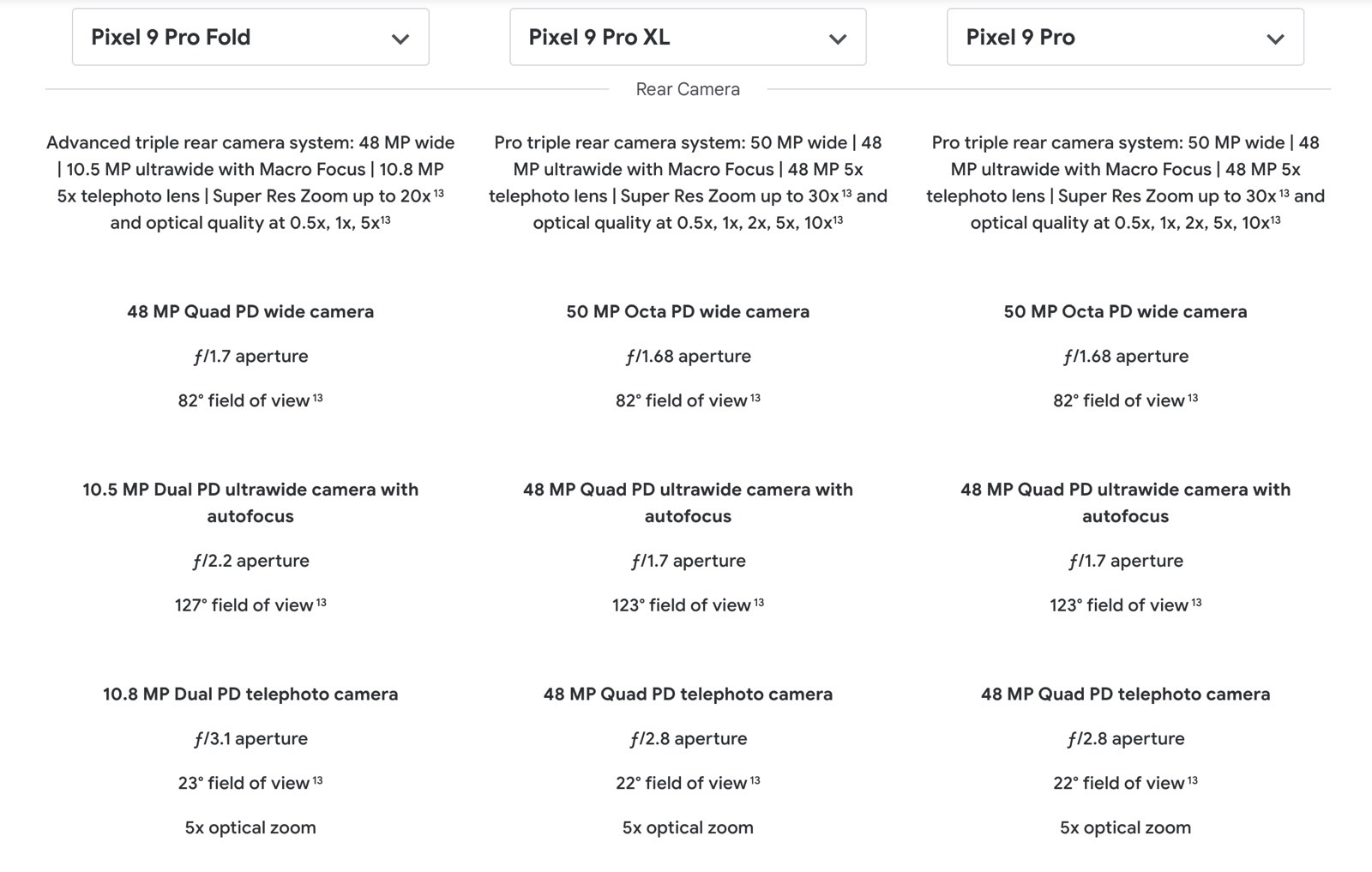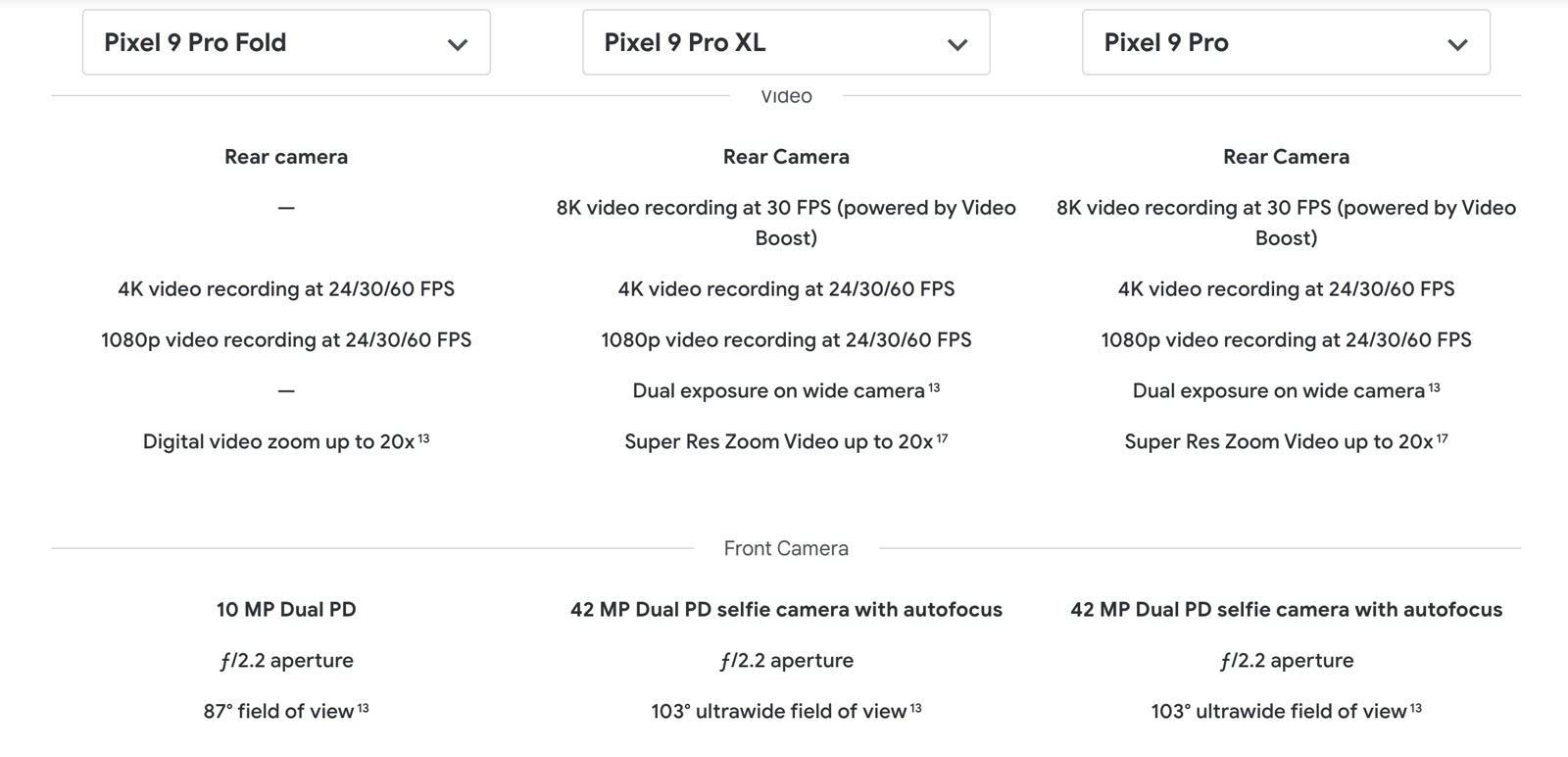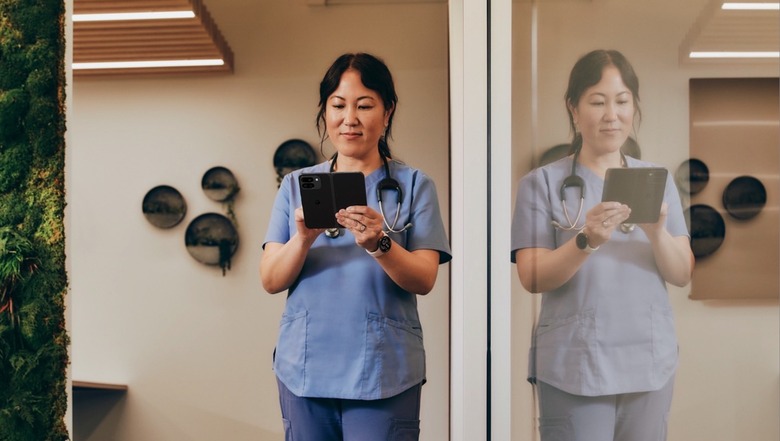Wondering Why The iPhone 17 Slim Can't Be A True Flagship? The Pixel 9 Pro Fold Has The Answer
Google overhauled the Pixel Fold 2 completely, starting with the name. The Pixel Fold successor is called Pixel 9 Pro Fold. Google included it in the Pixel 9 series unveiled earlier this week. Of course, the name is hardly the biggest change here. The Pixel 9 Pro Fold is much thinner and lighter than its predecessor. Also, it features a massive foldable screen with small symmetrical bezels.
The specs nearly match the Pixel 9 Pro and 9 Pro XL, so the Pixel 9 Pro Fold will be just as capable as its non-folding siblings. However, Google made a big compromise to get this form factor right. I think it's a teaser of the compromise Apple will have to make with the rumored iPhone 17 Slim next year. It's also the kind of compromise that explains why the iPhone 17 Slim won't be as good a flagship as the iPhone 17 Pro and Pro Max.
Before the Pixel 9 event, I said the iPhone 17 Slim might be the perfect iPhone. I'd love a thinner iPhone, even if that means losing some of the Pro features from the higher-end models. I didn't explain at the time what sort of features I'd be willing to give up. But I can only think of two differentiators that really matter.
One could be the chip, as Apple could opt for a non-Pro version of the A19 System-on-Chips (SoC) next year. Then again, Apple needs an efficient next-gen chip to make a slim iPhone 17 design happen. That's how it delivered a thinner-than-ever iPad Pro this year. The M4 was a key factor.
The camera is the other big hardware detail that separates the non-Pro iPhones from the Pro. The iPhone 17 Slim can't possibly pack the same camera module as the iPhone 17 Pro Max. We haven't reached the point where rear cameras can support thin form factors. Looking at the M4 iPad Pro, we see proof of that. Apple ditched one of the cameras found on the previous model to give us the thin profile.

Where does the Pixel 9 Pro Fold fit in all of this? Check out the camera comparison above between the Pixel 9 Pro Fold, 9 Pro XL, and 9 Pro. Google used different camera hardware on the foldable compared to the non-foldable models.
While Google's algorithms will surely compensate for the lack of megapixels, it's clear that Google couldn't fit the Pixel 9 Pro rear cameras on the Pixel 9 Pro Fold.
It's not just speculation. During a briefing before Tuesday's event, Google confirmed that the thin Pixel 9 Pro Fold design dictated the camera choices.
Google chose a thin rear camera system because it wanted the Pixel 9 Pro Fold to be thin and pocketable. The foldable phone needed to have a thin profile even when folded. Considering the Pixel 9 Pro Fold measures 10.5mm when folded and the Pixel 9 Pros are 8.5mm thick, it looks like Google achieved its design goal.

The compromise makes the Pixel 9 Pro Fold a less-than-good flagship than the other Pixel 9 Pro variants, even though all of them have the word "Pro" in the name. As you can see above, the rear camera system can't match the capabilities of the other Pro phones.
Since I mentioned SoC choices for the iPhone 17 Slim, I will remind you that all three Pixel 9 Pro models pack the same Tensor G4 chip. The Pixel 9 Pro Fold will offer the same performance as the other Pros. It's just the camera hardware that's inferior.
Back to the iPhone 17 Slim, the handset can't be a true flagship if its camera can't match the iPhone 17 Pro Max, even if the two devices pack identical chips. The largest iPhone in Apple's lineup usually packs the best camera hardware. I'd have no problem with such a compromise, and I say that as someone considering the iPhone 16 Plus as my next iPhone purchase.
